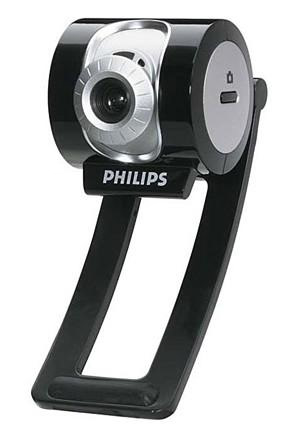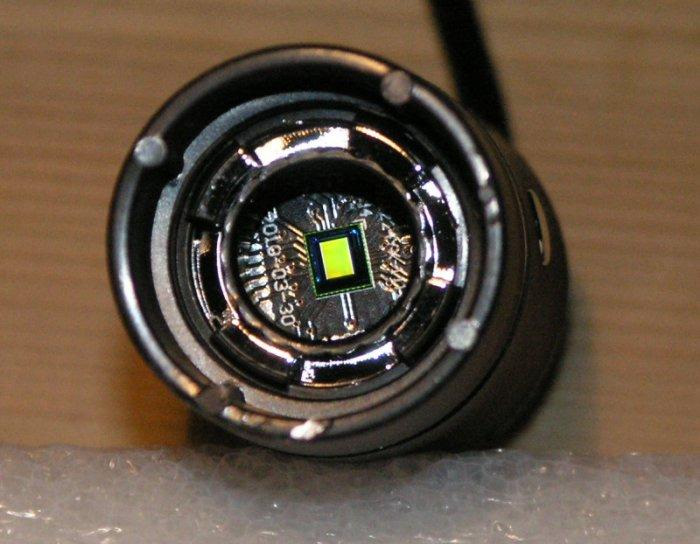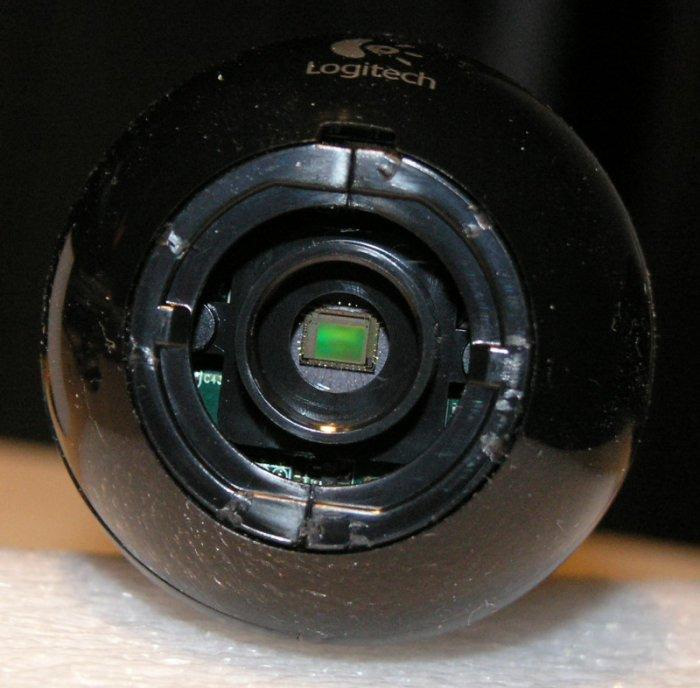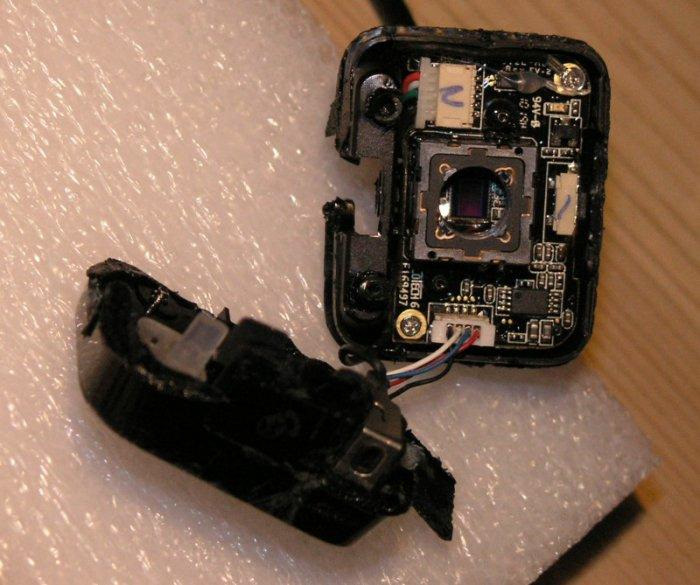Testing webcams in planetary astrophotography
Webcam are the cheapest way to start with planetary imaging. They have small imaging sensors that allow capturing many frames in short time period. DSLR or dedicated DS cameras are much slower (except if they have AVI mode). In the beginning of webcam planetary imaging cameras like ToUCam, Vesta or newer Philips SPC900NC were used. They were unique as they used CCD sensors - ICX098. Nowadays you can use the same webcams as well as some moder ones. Some time ago astrophotographers discovered SPC880NC webcam - a "quiet" clone of the SPC900NC. It cost's a little and is available on auctions and in some shops. But what about modern webcams using CMOS sensors?
It's often said that CMOS are worse than CCD. Nowadays it's not true. CMOS sensor doesn't have to be inferior to (old) CCD sensors like ICX098. I've decided to test 3 webcams with CMOS sensors covering various webcam segments - from low to high-end webcams.

Webcams tested
Media-Tech MT4023
- product: Digital_Camera
- vendor: PixArt Imaging Inc.
- capabilities: usb-1.10
- configuration: driver=snd-usb-audio maxpower=500mA speed=12.0MB/s
- 093a:2900 Pixart Imaging, Inc.
One of cheapest webcams available under local brand. Standard USB 1.1 design. Max resolution in YUY2 - 352x288. 640x480 in low quality MJPG - very small sensor.
Logitech QuickCam Messanger

- product: QuickCam Messanger
- vendor: Logitech, Inc.
- capabilities: usb-1.10 audio-control
- configuration: driver=snd-usb-audio maxpower=100mA speed=12.0MB/s
- 046d:08da Logitech, Inc. QuickCam Messanger
Bit old webcam, but from a good brand. It's based on USB 1.1. Max resolution 640x480
MS LifeCam HD-5000

- product: Microsoft
- vendor: Microsoft
- capabilities: usb-2.00
- configuration: driver=snd-usb-audio maxpower=500mA speed=480.0MB/s
- 045e:076d Microsoft Corp.
One of latest webcams available - USB 2.0 HD-video capable webcam. It's faster and has bigger imaging sensor than previous cameras. Max resolution is 1280x800
Results
Below are my result images take with 8" SCT telescope at f/10 with Ir/UV cut or Pro Planet 742 filter. Moon and infrared images converted to grayscale. AVIs recorded with SharpCap, stacked in registax, sharpened with deconvolution.
Microsoft LifeCam HD-5000, USB 2.0
RGB24 and i420, 30 FPS, IR/UV cut










Logitech QuickCam Messanger USB 1.1
RGB24 and i420, 15FPS, Pro Planet 742, 47 and 131 frame stack



Media-Tech MT4023 USB 1.1
YUY2, 5 and 4 FPS, Pro Planet 742

Notes
Logitech and Lifecam webcams did very good on the Moon yielding very good images. MediaTech webcam has very small imaging sensor which didn't caught a lot of the Moon. The quality and image size given by those cheapest webcams is not acceptable. In case of Jupiter there were some seeing problems, but the infrared images show that they can take good images. Both LifeCam and Logitech provided exposure time and gain control after turning automatic control off in their dedicated apps.
USB 1.1 based Logitech QuickCam Messanger offers only 15 FPS while MS LifeCam using USB 2.0 limits allows 30 FPS at similar resolution. The HD-video capable webcam also needs a bigger imaging sensor - this can be handy when imaging Moon or Sun (thorough special equipment only)
LifeCam HD-5000, or Cinema and other HD-capable webcams (Logitech, Creavite) cost as much as $30-$40. SPC880NC costs a little if available and USB 1.1 webcams of top brands aren't also expensive. We can easily get any of those webcams and adapt them for astrophotography - not only old CCD webcams, but also moder design with modern CMOS sensors.
Quick notes:- Choose webcams of top brands that got good reviews
- Cheapest solution is SCP880NC, don't go to cheapest modern webcams of local brands
- If you want to take many lunary shots - take a HD-video capable webcam
- There is no problems with AVI capture using applications like SharpCap
- If you want to change the imaging sensor (mono, other design) or add long exposures - you need SPC880 or SPC900.
- Modern CMOS sensors usually aren't worse (sometimes much better) than ancient CCD sensor like ICX098 used in old webcams, or D*K21 cameras
- You can use infrared filters with color sensors. You loose a bit of sensitivity, but as you can see - images still look good.
- It looks like LifeCam webcams have smaller pixels than 5,6 x 5,6 in ICX098. Smaller pixels give bigger resolution and require lower f-ratio to get max resolution from a scope.
Comment article